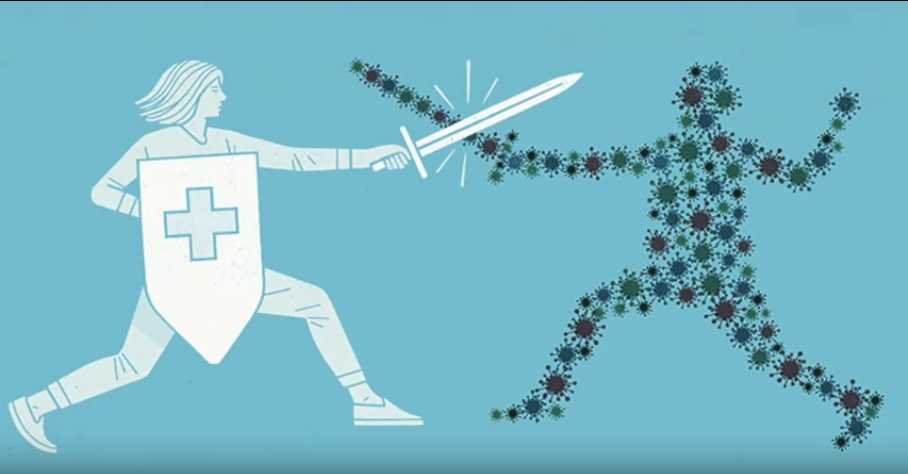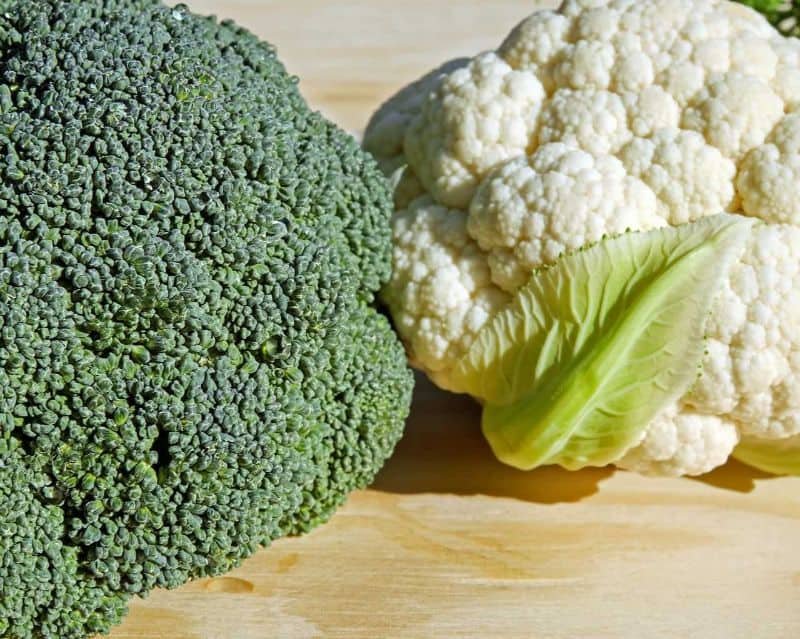Iron (Fe) Health Benefits, Food Sources, Deficiency, Side Effects

Iron (Fe) is one of the most basic trace elements, as it is essential for the growth and oxygenation of the body. Although we hear it often, many times we do not recognize its value in our health.
So what is iron, how do iron supplements help treat anemia and how much iron do we need daily?
What is Iron
Iron was recognized as an essential nutrient for animal organisms in 1860 and to this day it is the mineral for which most studies have been done. The human body contains 2-4 grams of Iron.
About 65% of body iron is contained in hemoglobin, about 10% in myoglobin, 1-3% is a component of various enzymes, and the remaining percentage is either circulating in the blood or stored.
The total amount of iron contained in the body has to do with someone’s weight but also of a number of physiological conditions such as age, sex, pregnancy and stages of development.
An important characteristic of iron metabolism is its storage and reuse at a rate of 90%.
Iron Health Benefits & Properties
In summary, iron is involved in:
Here’s a more detailed description of Iron Health benefits

How much iron do we need?
The recommended daily amount of iron we need daily depends on age, gender and the diet each person follows (e.g. vegetarianism).
Adult men and women, respectively, need 8 mg and 18 mg daily, while needs during pregnancy increase significantly to 27 mg daily.
Vegetarians who do not eat meat, poultry or seafood need almost twice as much iron through the diet, as the body does not absorb non-heme iron to the same extent as heme iron.
Iron deficiency is not particularly rare, despite the abundance of iron in food. Population groups at higher risk for iron deficiency are:
Iron Absorption
The degree of iron absorption is influenced by the reserves in the body, the amount and chemical structure of iron in the diet, and a variety of dietary factors that increase or decrease iron absorption.
A healthy person with normal hemoglobin values usually absorbs only 5 to 10% of the iron in food, whereas absorption can be as high as 50% in people with iron deficiency anaemia.
Iron is found in food in two forms, as hemic and non-hemic.
Heme iron is readily absorbed, being absorbed at 10 to 30% and making up about 50% to 60% of the iron found in red meat, poultry and fish.
Non-heme iron is mainly found in plant products (fruits, vegetables, cereals, pulses and nuts), dairy products and eggs and is only 2 to 10% absorbed.
The absorption of non-heme iron is increased by vitamin C and animal proteins contained in red meat, poultry and fish.
To improve iron absorption from foods containing non-heme iron, it is therefore recommended to include foods that are rich sources of vitamin C, such as oranges, melon, cauliflower, broccoli, Brussels sprouts, green peppers, grapefruit, lemons and strawberries.

For example, lentils are a very good source of iron, but it is non-heme iron and therefore very poorly absorbed.
However, if we eat some fish (a source of animal protein) with the lentils and accompany our meal with a broccoli salad and an orange juice (sources of vitamin C), the absorption of the iron in the lentils will be greatly increased.
In contrast, dietary factors that have been shown to reduce the absorption of non-heme iron are as follows:
Sources of iron
Good sources of iron include offal (e.g. liver, spleen), red meat, octopus, mussels and oysters, pulses, deep green leafy vegetables, dried fruit, nuts and iron-fortified cereals.
The tables below list various foods and their heme and non-heme iron content, respectively.
It should be recalled at this point that heme-iron is more easily absorbed than non-heme iron and the amounts of iron that are ultimately absorbed are different from those contained in each food.
Non-heme iron content of foods
| FOOD | QUANTITY | Fe mg |
|---|---|---|
| Fortified Cereals | 1 cup | 4.5 -18 |
| Lentils | 1/2 cup | 3.3 |
| Boiled Spinach | 1/2 cup | 3.2 |
| Bran | 1/2 cup | 3.0 |
| Potato (Oven) | 1 Medium | 2.7 |
| Giant Beans | 1/2 cup | 2.6 |
| Peas | 1/2 cup | 1.9 |
| Cashew peanuts | 30 g | 1.7 |
| Almonds | ¼ cup | 1.3 |
| Dried plums | 90 g | 1.0 |
| Dried Apricots | 90 g | 0.8 |
| Eggs | 1 | 0.6 |
| Milk | 1 cup | 0.1 |
Heme iron content of foods
| FOOD | QUANTITY | Fe mg |
|---|---|---|
| Chicken liver | 90 g | 7.2 |
| Veil liver | 90 g | 5.8 |
| Octapus | 90 g | 4.4 |
| Mussels | 30 g | 3.8 |
| Sirloin veil (without fat) | 90 g | 2.9 |
| Turkey | 90 g | 2.0 |
| Chicken breast | 90 g | 1.2 |
| Swordfish | 90 g | 1.1 |
| Pork (without fat) | 90 g | 0.9 |
| Tuna | 90 g | 0.6 |
Source: The American Dietetic Association’s COMPLETE FOOD & NUTRITION GUIDE, 2ND Edition, 2002, USDA National Nutrient Database
Iron deficiency – What are the effects?
In the short term, reduced iron intake causes no obvious symptoms. The body has the ability to store the iron it does not use in the muscles, liver, spleen and bone marrow in a protein called ferritin.
When iron levels are low, it uses iron from their stores. However, if iron intake continues to be reduced then iron deficiency anaemia occurs.
In anaemia, red blood cells become smaller as they contain less hemoglobin. As a result, the blood carries less oxygen from the lungs throughout the body.
Symptoms of iron deficiency anemia include
Iron Supplements
What types of iron supplements are available?
In nutritional supplements, iron is available in tablets, effervescent tablets and syrups. The most common forms are those of ferrous sulphate, ferrous gluconate and ferric citrate.
The forms of iron with the highest bioavailability and best absorption are iron thiourea and iron gluconate.
Calcium can interfere with iron absorption, therefore, it is recommended that calcium and iron supplements be taken at different times of the day. The recommended daily iron dose is defined as 14 to 18 mg, depending on the age of the person.
Recommended Iron Supplements
1️⃣ Designs for Health Ferrochel® Iron Chelate – 120 Vegetarian Capsules
2️⃣ Microingredients Organic Spinach Powder – 1 Pound
3️⃣ Vitanica Iron Extra™ – 60 Vegetarian Capsules
Interactions and side effects
Iron can be harmful if taken in large doses, therefore caution is needed, especially in children.
Supplementing iron in doses greater than 20 mg/kg may lead to gastrointestinal disturbances, constipation or diarrhoea, nausea, abdominal pain and vomiting if not taken at the same time as food, as well as reduce zinc absorption.
Iron supplements may interact with or interfere with the absorption and action of certain medicines.
People taking medications to treat Parkinson’s disease, for hypothyroidism, to reduce stomach acidity, or who are taking calcium supplements should consult their physician first.
Final Take
The iron requirements are different for other age groups and women in pregnancy.
If for any reason iron deficiency anaemia occurs or iron requirements increase sharply, such as in the context of pregnancy, iron supplementation is required. At the same time, the person should learn to follow an iron-rich diet in order to avoid the occurrence of iron deficiency in the future.
Therefore, the key to good health is a balanced diet sufficient not only in iron but also in all nutrients.
